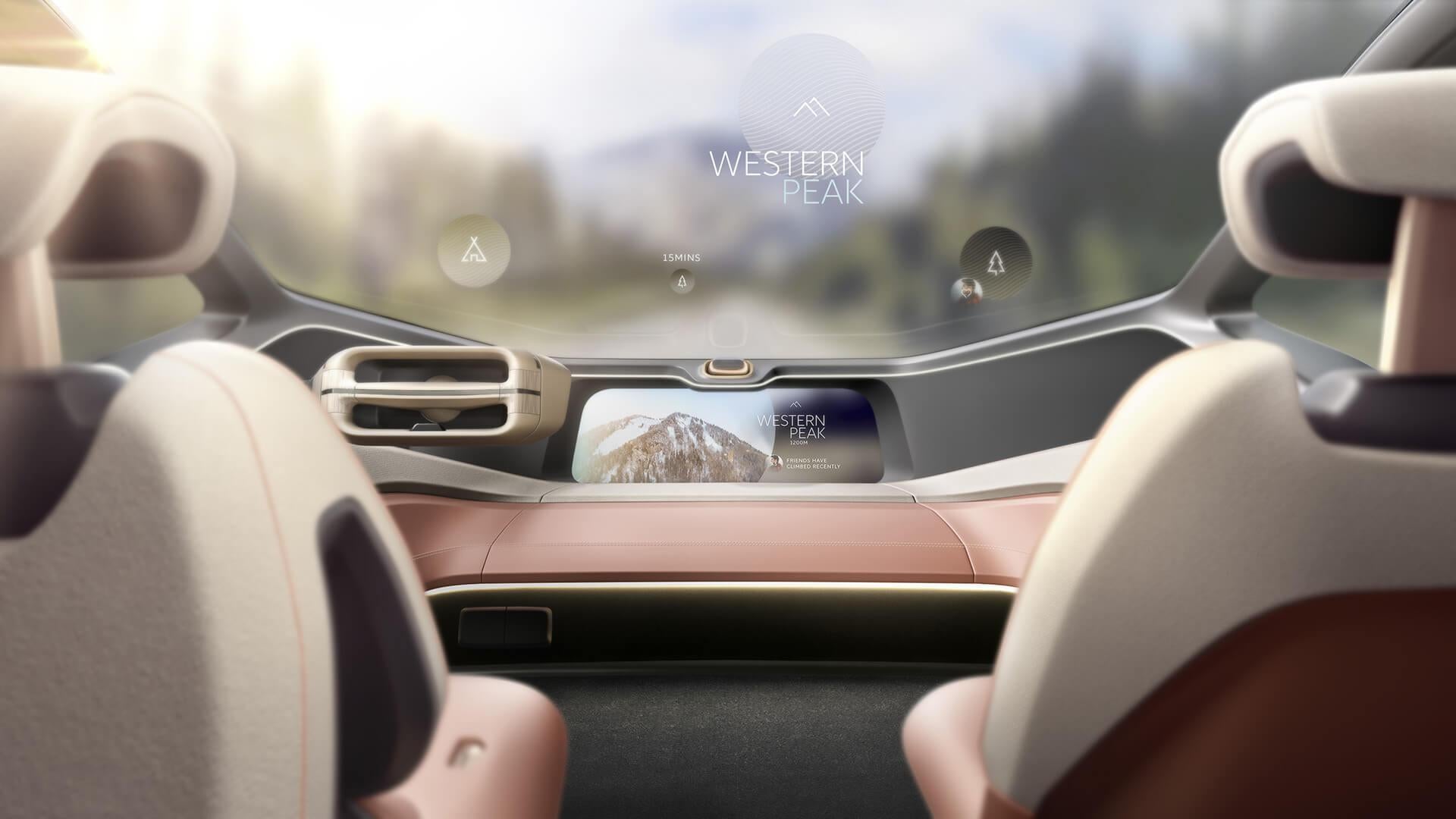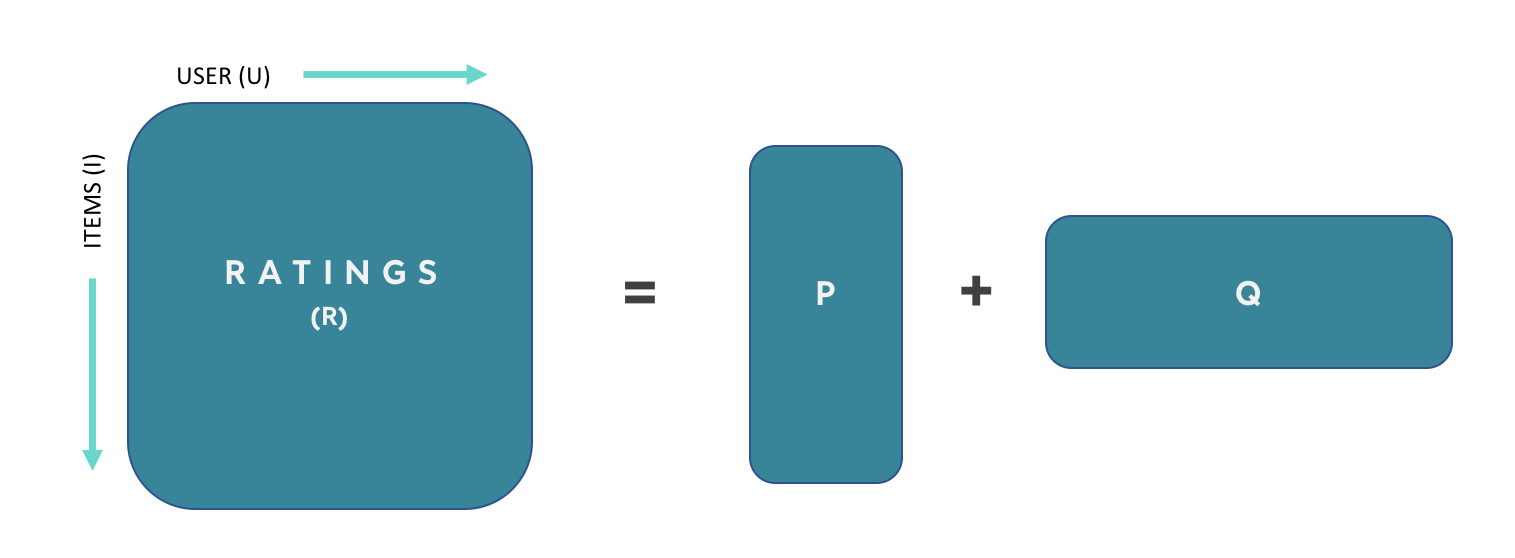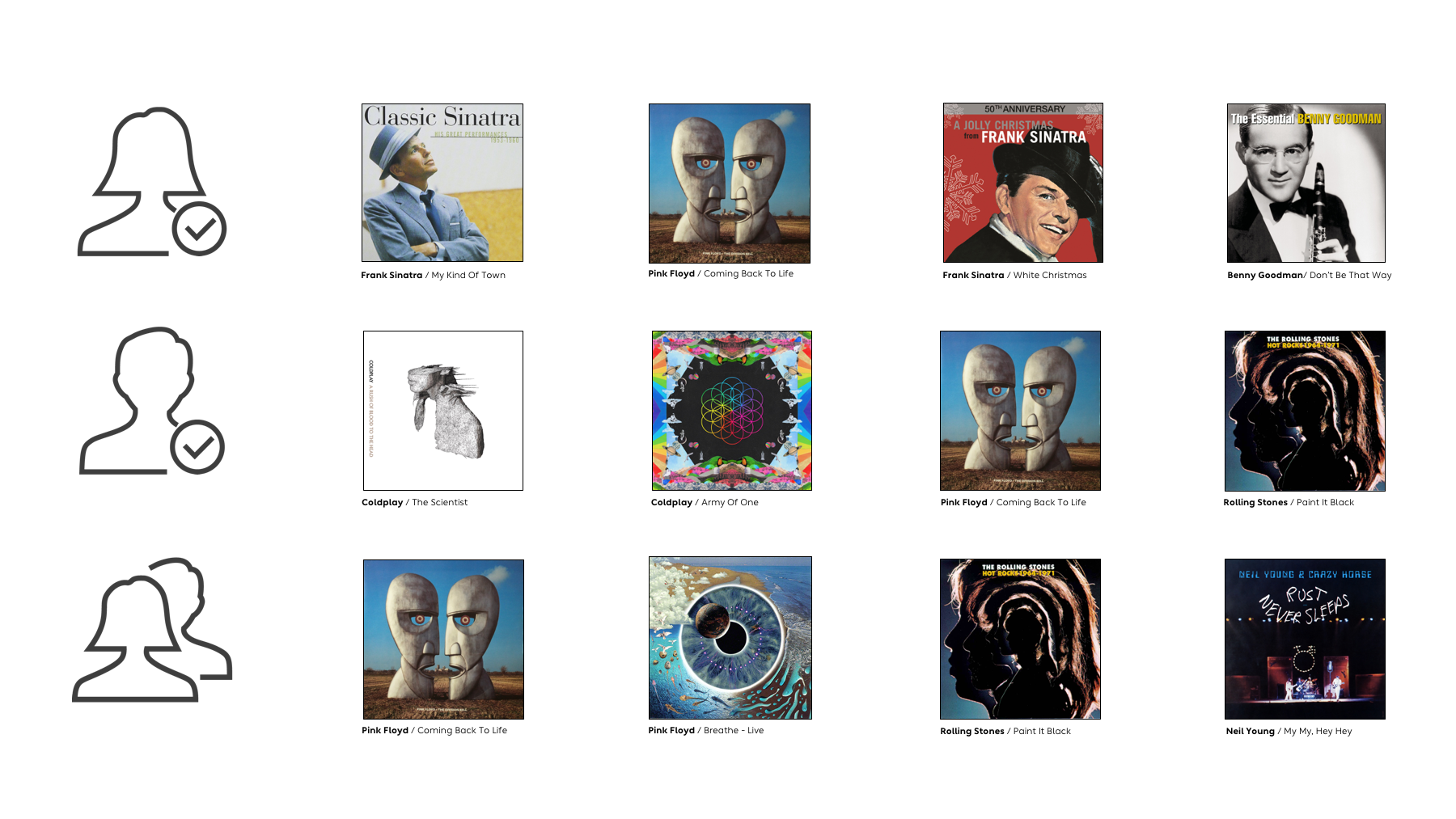Contextual Intelligence On The Move
07/26/2017 by NIO

By: Christopher Pouliot - VP, Data Science
NIO, U.S.
Mobile phones did one thing well: make calls. But advances in three key technologies--sensors, low-power computing, and touch-enabled digital displays with intuitive interfaces--came together to create the smartphone, a device that's shaping our future and become an integral part of our daily lives.
We believe that these technologies, combined with massive advances in artificial intelligence, will revolutionize the car experience, re-making vehicles into digital companions both similar and apart from the revolutionary devices in our pockets.
Car 3.0 will have a user-experience previously unachievable in the automotive space. And at its core is the power of Contextual Intelligence.
AI conditioned on context becomes much more powerful than AI alone, and context is ubiquitous in today’s connected world.
Context-aware, ubiquitous computing has taken a variety of forms over the last decade, but the limitations in instrumenting trusted data capture has stifled its ubiquity. The improvements in instrumentation of sensors, the ability to transfer and store large volumes of diverse data, along with advances in machine learning and artificial intelligence have begun to unleash its decision-making potential.
In recent years, devices are being increasingly connected. Your phone talks to your car, your garage door, your home alarm system, and everything in between. This has resulted in increasingly scalable Internet of Things (IoT) solutions coming to the foreground. Scalability, in this application, refers to growth in data volumes and the ability to continuously include an increasing number of devices.
This disruption has now reached the automotive industry, which traditionally operates on a "ship-and-wait" approach for customer services (upgrades, part failures, complaints, among others) and towards the continuous collection of data about the customer and the vehicle.
The presence of "context" fundamentally changes these user-facing services, from improved recommendations for media and personalized search point-of-interest discovery to navigation, diagnostics and much more.
AI conditioned on context becomes much more powerful than AI alone, and context is ubiquitous in today’s connected world.
As an example, one standard approach to personalization of content such as music or editorial programming is matrix factorization: taking the user/item matrix of plays and decomposing it into two lower dimensional matrices, one representing the users (Q) and the other the items (P).

Many companies have built their recommendations systems based on this and other related algorithms. However, the definition of a user in a car is ambiguous. The car is a shared environment, with different users with different tastes and different experiences.
For a car, the user could be myself, my partner, my friend, or some combination of the three. Depending on who the users are in the car, the content being presented has to be different for an optimal music experience.
There are two main ways of solving this ambiguity:
Explicit Context: The car asks occupants who they are. For example, Netflix has the concept of profiles, which corresponds to a user defined grouping. At the beginning of each session they ask you which profile you are.
Implicit Context: Sensor data determines who is in the car.
Naturally, implicit context is better than explicit context.
First, if explicit context is optional, there is a sample bias in the training of the machine-learning model, as only a biased subset of users provides the explicit context. Secondly, if explicit context is mandatory, then it adds more friction to the user experience, since you are adding additional steps in the UI flow. And finally, the friction to the user experience also implies that there is an inherent limitation in how many questions you can ask the user for deriving the context.
By instrumenting a car from the ground-up for context helps us leverage a variety of sources for implicitly determining occupancy. By using a combination of Bluetooth, seat weight sensors, facial recognition, voice recognition, and more, we can solve the personalization problem by presenting content that changes with the context of the occupants in the car.

The number of occupants is just one source of context. Context could change as a function of time of day, the day of the week, the destination, the weather, and a range of other factors.
Contextual Intelligence applies to everything from improved recommendations for navigation to remote diagnostics. It becomes a key factor in designing a simpler interface for an enhanced user experience, and gets us closer to our ultimate vision of giving people their time back.
Help make that vision a reality by joining the Data Science team at NIO U.S.












